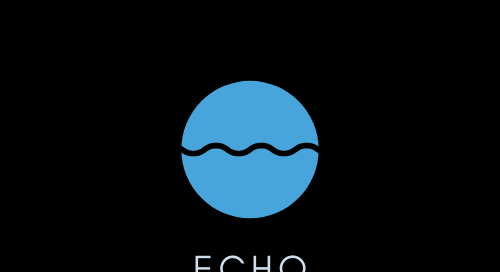Three Ways (Among Gazillions) To Be Surprised This Weekend
Recent archive release recommendations for weekend listening
Reading about the 50th anniversary “Deluxe” version of David Crosby’s 1971 solo work If I Could Only Remember My Name, an entirely reasonable first reaction is disinterest.
Because….how much 1971 nostalgia is too much? We’ve already had deja vu all over again (sorry) with Crosby, Stills, Nash and Young’s super comprehensive Deja Vu at 50 box. Besides, there are tons of these vault-clearing reissues of near-classic albums, and not many of them enhance, in a meaningful way, what’s already been appreciated about the work.
Well well. Doesn’t take long to be compelled here. Go immediately to Disc 2, which is mostly unreleased demos and rehearsal takes, cue up “Riff 1” or “Bach Mode” or any of the shortish demos, to hear Crosby (favorite interval: minor third, then-favorite mode of singing: harmony) diving deep into the highly personal business of discovering his “lead” voice. He does this in a wonderfully intimate way, treading lightly through melodies he and his now-famous friends (Jerry Garcia, Neil Young, many others) seem to be midwifing on the spot. Even when the material feels slight or repetitive, Crosby sounds fully invested, sharing nonsense syllables and improvised melodies in an atmosphere of hushed, Nick Drake-style intimacy. It’s arguably more riveting than the original album.
Speaking of intimacy, it’s not the first thing we expect from the Melvins, the curiously visionary noisemaking band from Washington state known to have influenced Nirvana and many others. The group, which began recording in 1986, this week brought out a 4-LP collection of newly recorded acoust6ic versions of songs from its extensive catalog. Acoustic! With six-string hollow-bodied guitars and stand-up bass even!
I’ll skip the rant about the unfortnate trend of artists re-recording previously released material — except to note that Taylor Swift gets the petulant-behavior-by-music-business-executives exception, while others should probably think carefully about taking that traipse down memory lane. Because these revisionist exercises don’t always add appreciably to our understanding of a work. And wind up reflecting poorly on the originals.
That’s so not true about Five Legged Dog, the Melvins’ trippy exploration of radical consonance. Surveying staples of Buzz Osborne and company’s live sets — “The Bloated Pope,” “Billy Fish” — these new reworkings strip away the buzzsaw guitar shroud to reveal songs that are richer and structurally more interesting than they might have first appeared. It’s a “pulling back the veil” exercise, and while it doesn’t always reveal stone-cold genius, it does suggest that at various points through the Melvins’ extended run, this band buried more beneath the maelstrom than some critics realized.
Then there’s the recently released and much-discussed A Love Supreme — Live In Seattle. It’s the stuff of jazz-nerd fantasy, a thought experiment along the lines of “wouldn’t it be cool to hear John Coltrane’s spiritual cycle performed live in a nightclub, on an ordinary night, in front of customers who could not have anticipated it?”
That dream is based on scarcity: Coltrane recorded the work in late 1964, but didn’t routinely perform it live. Yet near the end of a week in October 1965 at the Seattle club called The Penthouse, Coltrane and his classic quartet — plus Pharoah Sanders, in his performance debut with the group — went chasing A Love Supreme like it was no big deal, part of ordinary jazz business. Caught on a reel-to-reel recording rig by a musician named Joe Brazil and obviously stored with care, the performance was released in its entirety by Impulse Records in early October.
Caterwauling through the extended rubato sections, Coltrane begins by canting out the devout phrases of his poetry-derived through-composed melodies. He is not trying to show off. But he winds up doing that as he carefully and methodically works through these phrases. He’ll state a theme, then create an arpeggio around it, then play that in double time, then double that — adding color tones and gestures that register as fast-moving beams of light, thrown from the horn as a kind of by-product of Coltrane’s search for illumination. If you love the studio recording even a little bit, clear out some time to experience this from start to finish.







